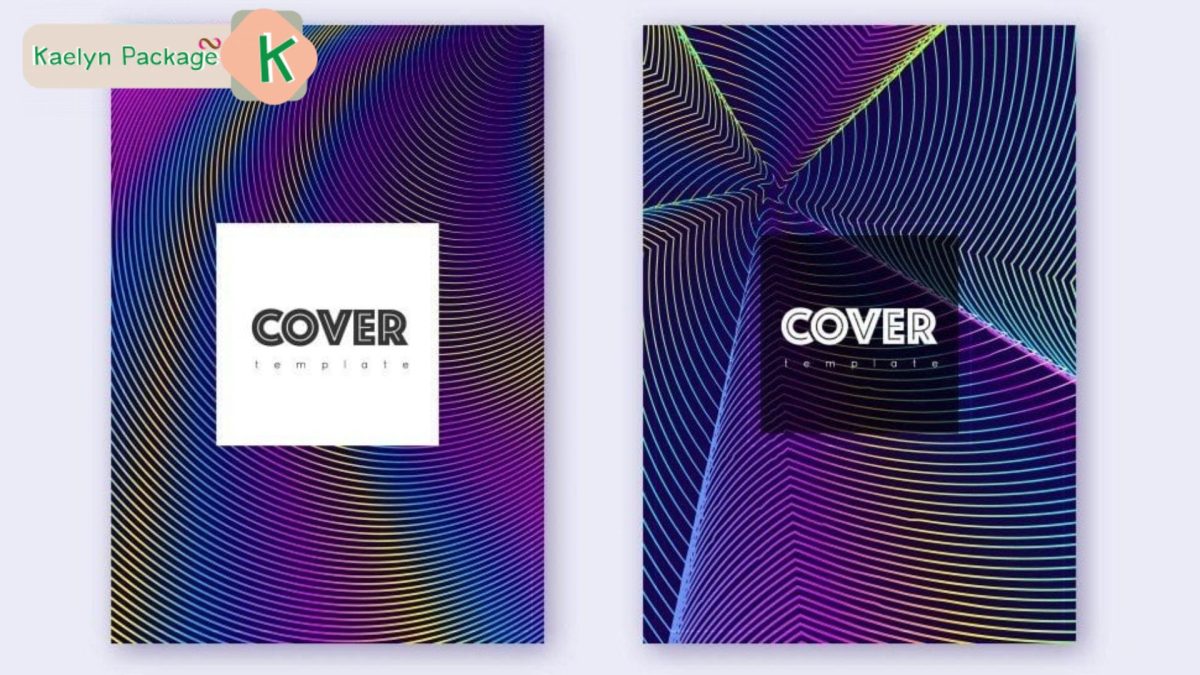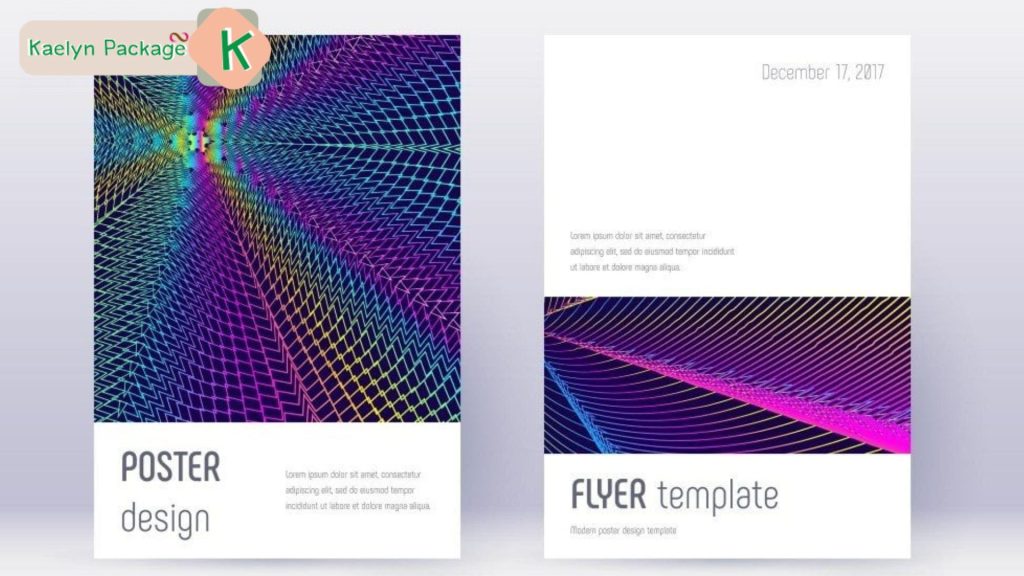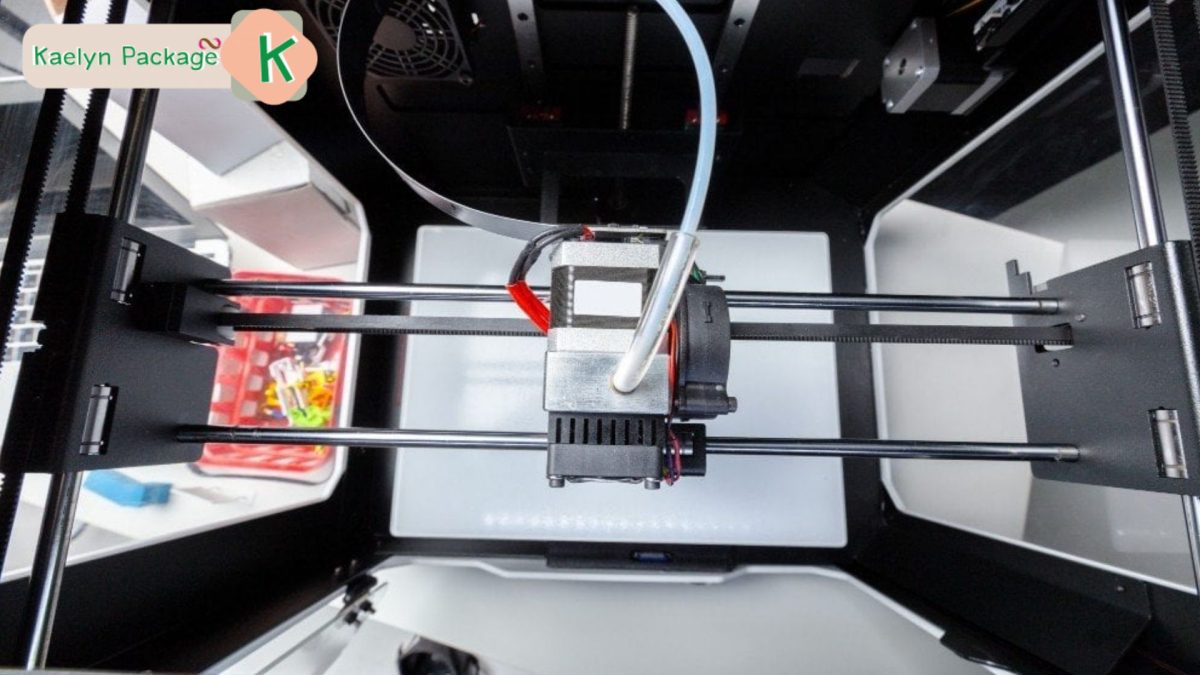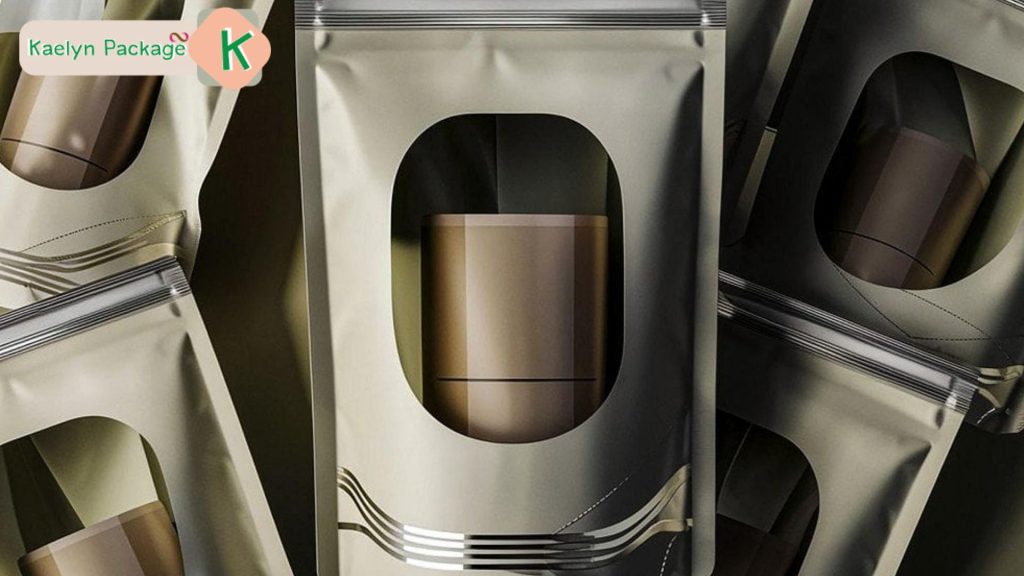Introduction: The Intersection of History and Modern City Planning
Urban environments today are the result of centuries of development, where past innovations, cultural influences, and environmental adaptations continue to inform contemporary city design. Recognizing how historical factors shape modern planning helps urban developers, policymakers, and residents understand the rationale behind city layouts, zoning laws, and aesthetic choices. For instance, ancient Roman grid systems laid the groundwork for many modern city plans, emphasizing order and accessibility.
Understanding these historical principles is essential not only for preserving cultural identity but also for guiding sustainable growth. As cities expand, integrating lessons from the past ensures that development remains resilient, environmentally friendly, and culturally meaningful. A modern example illustrating this blend is «My Sweet Town», which demonstrates how historical planning concepts translate into innovative urban design.
Contents
- Foundations of Historical Urban Planning
- Learning from History: Principles that Still Guide Modern Planning
- «My Sweet Town»: A Modern Reflection of Historical Planning Concepts
- Non-Obvious Influences: Beyond the Basics
- Environmental and Climate Considerations in Modern Planning
- The Role of Regulations and Safety in Shaping Urban Spaces
- Cultural and Symbolic Dimensions of City Planning
- Future Directions: Integrating Historical Lessons into Innovative Urban Planning
- Conclusion: The Legacy of History in Shaping the Cities of Tomorrow
Foundations of Historical Urban Planning
Early city layouts were profoundly influenced by geographic, cultural, and technological factors. Ancient cities like Mesopotamian Ur or the Indus Valley settlements employed organic growth patterns, often constrained by natural features such as rivers and mountains. Over time, civilizations like the Greeks and Romans introduced grid systems, exemplified by the Hippodamian plan and Roman castra, emphasizing order, ease of movement, and defensibility.
The evolution of planning principles reflects a dynamic interplay between cultural values, technological advances, and environmental constraints. For example, medieval European towns often had irregular street patterns influenced by topography and existing structures, contrasting with Renaissance efforts to impose symmetry and aesthetics. The Industrial Revolution further transformed urban layouts, prioritizing transportation and industrial zones, which still echo in modern city planning.
Cultural, technological, and environmental influences
- Cultural: Religious and social structures often dictated city layouts, such as cathedrals at the center or sacred precincts.
- Technological: Advancements like aqueducts, roads, and later railways shaped transportation networks.
- Environmental: Natural features like rivers and hills dictated city boundaries and expansion patterns.
Learning from History: Principles that Still Guide Modern Planning
Many foundational principles from historical urban planning continue to influence modern city design. Safety zones—originally created to protect populations from hazards—have evolved into zoning laws that delineate industrial, residential, and commercial areas, ensuring public safety and order. These principles are evident in contemporary regulations that restrict building heights near airports or hazardous zones.
Environmental considerations, inspired by historical climate adaptations, now emphasize sustainable materials and energy-efficient designs. For example, ancient desert dwellers used thick mud walls for insulation, a practice modern architects adapt with eco-friendly materials to combat urban heat islands.
“A city’s design is a reflection of its history, balancing safety, aesthetics, and environmental resilience,” emphasizes urban historian Dr. Laura Bennett.
Aesthetic and cultural symbolism
- Historical motifs—such as domes, arches, and columns—influence modern architecture, fostering a sense of continuity and identity.
- Cultural symbols embedded in city layouts reinforce community values and heritage.
«My Sweet Town»: A Modern Reflection of Historical Planning Concepts
Modern urban developments like «My Sweet Town» exemplify how historical principles are integrated into contemporary city planning. This town incorporates safety standards reminiscent of ancient safety zones, such as designated construction sites and traffic separation areas, ensuring community safety while maintaining aesthetic harmony.
Color schemes and building materials reflect historical symbolism and environmental responsiveness. For instance, pastel pink and earth tones are used to mitigate urban heat, drawing inspiration from historical color symbolism associated with warmth and harmony. These choices demonstrate how cultural meanings and environmental considerations are harmonized in modern design.
Furthermore, the urban layout—organized around a central grid with interconnected pathways—harks back to classical city grids designed for efficient movement and social interaction, illustrating the enduring influence of historic city planning models.
Design features inspired by history
- Safety zones and regulated construction areas
- Use of culturally symbolic colors and materials
- Grid-based urban layout facilitating accessibility
Non-Obvious Influences: Beyond the Basics
Historical transportation methods have profoundly impacted modern road planning. For example, ancient trade routes and port cities established pathways that evolved into present-day arterial roads and highways. The Roman viae and medieval trade routes laid the groundwork for modern transportation corridors, emphasizing connectivity and accessibility.
Cultural symbols, such as the rainbow, have been integrated into city aesthetics to promote harmony and diversity. In «My Sweet Town», the rainbow’s seven colors symbolize inclusivity and community cohesion, echoing historical uses of color symbolism in public art and architecture.
Natural phenomena like the rainbow’s seven bands also influence urban design themes, inspiring color palettes, public spaces, and community events that celebrate natural beauty and cultural diversity.
Environmental and Climate Considerations in Modern Planning
Building colors and materials significantly affect urban heat islands—areas where concrete and asphalt trap heat, raising temperatures compared to surrounding rural areas. Historically, cultures used reflective materials and shading techniques to adapt to local climates. Modern architects now incorporate cool roofing materials and reflective paints, inspired by these traditional practices, to reduce energy consumption and improve comfort.
Lessons from history about sustainable practices, such as the use of natural ventilation and green spaces, are increasingly integrated into modern urban planning. «My Sweet Town» serves as a case study, employing environmentally conscious design choices that balance aesthetic appeal with ecological responsibility.
Sustainable design examples
- Use of reflective and heat-reducing building materials
- Incorporation of green roofs and urban parks
- Designing streets and pathways to facilitate airflow
The Role of Regulations and Safety in Shaping Urban Spaces
Historical safety zones originated from efforts to protect populations from hazards like fires, invasions, or environmental risks. These have evolved into modern zoning laws that regulate building heights, setbacks, and land use, ensuring safety while fostering urban growth. For example, modern building codes often mandate safety buffers around industrial zones or hazardous sites.
Balancing safety with aesthetic and functional needs remains a key challenge. «My Sweet Town» demonstrates this balance by implementing safety regulations—such as designated construction zones and pedestrian pathways—without compromising visual appeal or accessibility.
Safety regulation examples
- Designated construction zones with clear signage
- Fire safety buffers integrated into building layouts
- Traffic calming measures to protect pedestrians
Cultural and Symbolic Dimensions of City Planning
Historical symbols and motifs—such as arches, domes, and decorative facades—continue to influence modern architecture. These elements evoke cultural identity and historical continuity, fostering a sense of community pride. In «My Sweet Town», culturally significant motifs are embedded into public spaces, emphasizing local heritage.
Color symbolism also plays a role; for example, pink buildings are used not only for aesthetic appeal but also for their heat-reflecting properties, demonstrating how cultural and environmental factors intertwine.
Examples of cultural symbolism
- Architectural motifs reflecting local history
- Public art and murals depicting cultural stories
- Color schemes inspired by local traditions and environmental needs
Future Directions: Integrating Historical Lessons into Innovative Urban Planning
Emerging technologies, such as smart sensors, AI-driven traffic management, and green building materials, have deep historical roots in earlier innovations like aqueducts and early infrastructure systems. These technologies offer opportunities to improve urban sustainability and resilience while respecting established principles.
However, challenges remain in balancing technological advancement with cultural preservation and environmental sustainability. «My Sweet Town» exemplifies how traditional concepts can be integrated with cutting-edge solutions to create cities that are both innovative and rooted in history.
Opportunities and challenges
- Leveraging AI for optimized urban layouts inspired by historic grids
- Ensuring cultural symbols adapt to modern contexts
- Addressing environmental impacts with sustainable innovations
Conclusion: The Legacy of History in Shaping the Cities of Tomorrow
Urban planning is an ongoing dialogue between past and present. The enduring influence of historical development ensures that cities remain resilient, meaningful, and adaptable. Recognizing and respecting these lessons allows for smarter growth and more sustainable living environments.
«My Sweet Town» illustrates how integrating traditional principles with modern innovation creates vibrant, safe, and environmentally conscious communities. As urban planners look toward the future, a nuanced approach—grounded in history yet open to innovation—will be essential to shaping the cities of tomorrow.
“A city’s strength lies in its ability to honor its past while embracing the future.” — Urban Planning Expert




